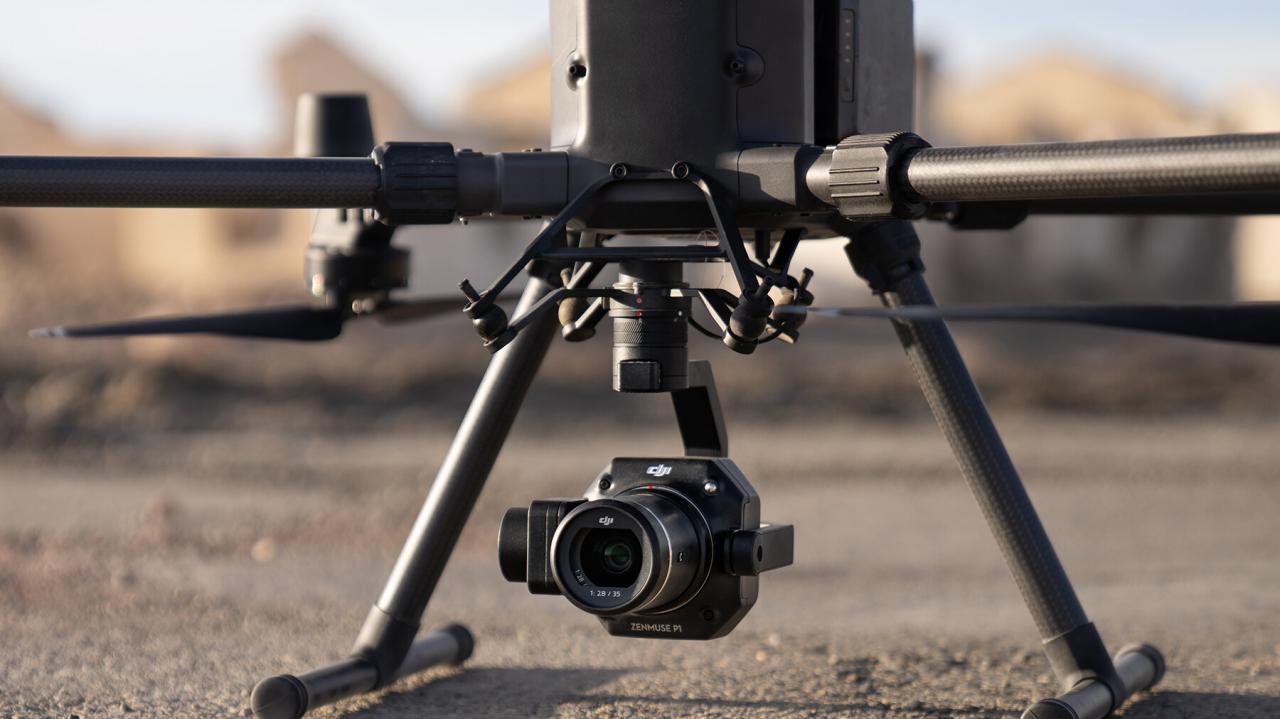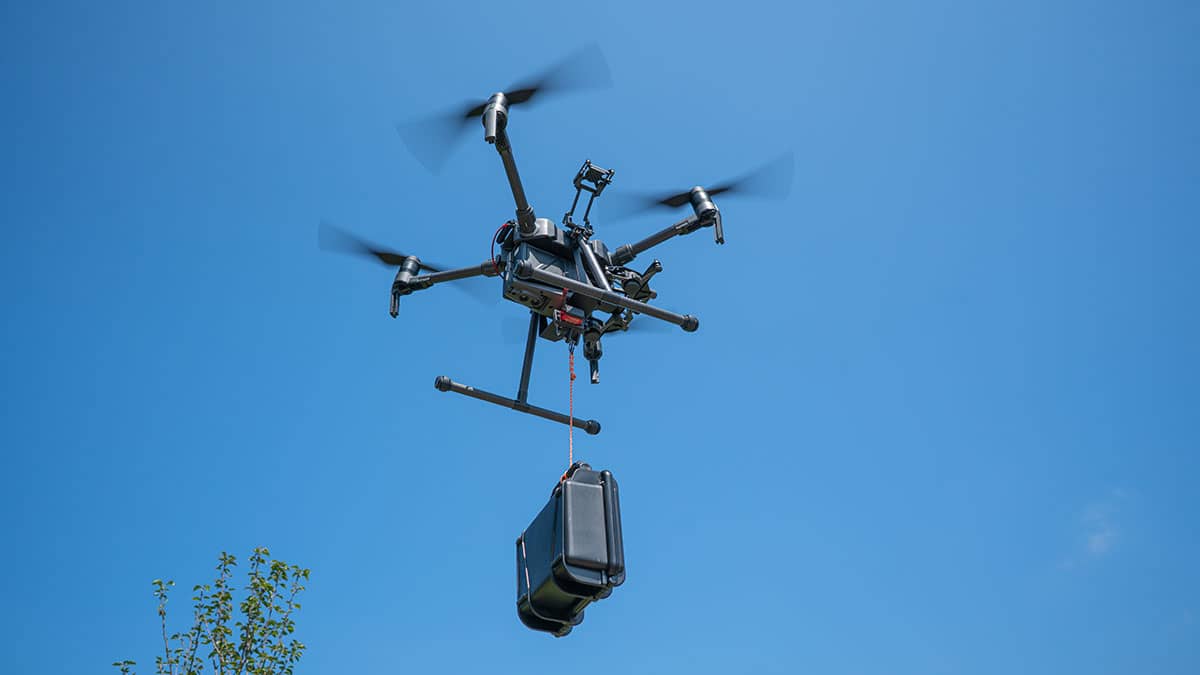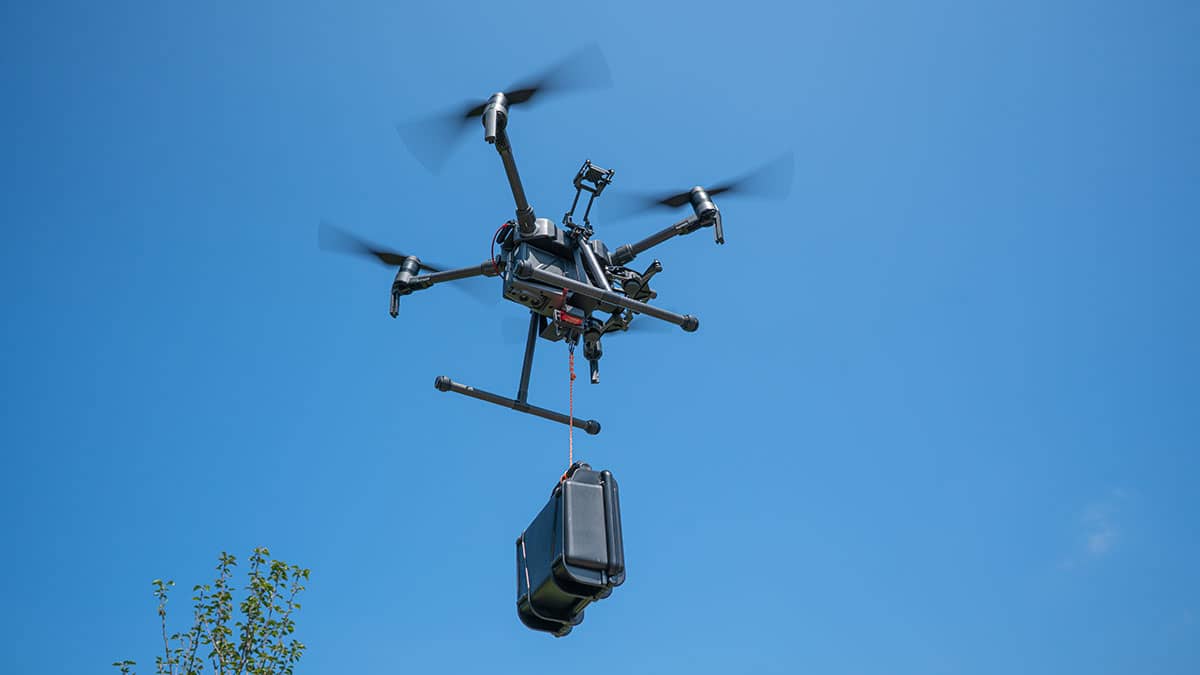Remington drone loads represent a significant advancement in unmanned aerial vehicle (UAV) technology, offering substantial payload capacity for diverse commercial and industrial applications. This exploration delves into the various Remington drone models, their payload capabilities, and the multifaceted ways they are transforming industries. We will examine factors influencing performance, essential safety procedures, and exciting future trends in this rapidly evolving field.
From package delivery in remote areas to intricate infrastructure inspections, Remington drones are proving their versatility. This analysis provides a comprehensive overview of their capabilities, limitations, and the regulatory landscape surrounding their operation, equipping readers with a thorough understanding of this innovative technology.
Remington Drone Models and Payload Capacity

This section details the specifications of various Remington drone models, their payload capabilities, and a comparison with industry competitors. The information provided aims to give a comprehensive overview of the capabilities of Remington’s drone fleet.
Remington Drone Model Specifications

The following table summarizes the key specifications of several Remington drone models. Note that these specifications are subject to change based on model updates and configurations. Payload capacity is significantly influenced by factors like weather conditions and payload distribution, as discussed later in this article.
| Model Name | Payload Capacity (kg) | Dimensions (L x W x H cm) | Maximum Flight Time (minutes) |
|---|---|---|---|
| Remington X1 | 5 | 60 x 60 x 20 | 30 |
| Remington X2 | 10 | 80 x 80 x 30 | 25 |
| Remington X3 | 15 | 100 x 100 x 40 | 20 |
Payload Types for Each Model
Each Remington drone model is designed to accommodate a range of payloads, enhancing their versatility across diverse applications. The following lists illustrate the typical payloads for each model, though custom configurations are often available.
- Remington X1: High-resolution cameras, small sensors, light delivery packages (e.g., medical supplies).
- Remington X2: Larger cameras, advanced sensors (e.g., thermal imaging), heavier delivery packages (e.g., small parcels).
- Remington X3: Specialized sensors (e.g., LiDAR for mapping), substantial delivery packages, equipment for infrastructure inspection.
Comparison with Competitors

Remington drones compete with other leading manufacturers in terms of payload capacity. While precise comparisons require considering specific model-to-model matchups, generally, Remington drones offer competitive payload capacities within their respective weight classes, often highlighting advantages in flight time or specific features tailored to certain payload types.
Remington Drone Load Applications: Remington Drone Loads
Remington drones find applications across various commercial and industrial sectors, showcasing their adaptability and efficiency. The following sections detail several key use cases and logistical considerations.
Commercial and Industrial Applications
Remington drones are successfully deployed in diverse sectors. For example, in agriculture, they are used for crop monitoring and precision spraying. In infrastructure inspection, they provide a safer and more efficient method for inspecting bridges, power lines, and pipelines. Logistics companies utilize them for last-mile delivery, particularly in challenging terrains. Search and rescue operations also benefit from their capabilities.
Rural Package Delivery Scenario
Consider a scenario where a Remington X2 drone delivers a package to a remote farm. The drone would take off from a designated hub, navigate using GPS and other sensors, and autonomously land near the designated drop-off point. Logistical considerations include flight planning, battery life management, and establishing secure drop-off procedures. Challenges might include unpredictable weather, signal interference, and potential wildlife encounters.
A robust communication system and backup plans are crucial for successful delivery.
Regulatory and Safety Considerations, Remington drone loads
Operating heavy-payload drones requires adherence to strict regulations and safety protocols. These include obtaining necessary permits, adhering to airspace restrictions, ensuring drone registration, and complying with all relevant aviation laws. Pilot training and regular maintenance checks are also essential to minimize risks.
Factors Affecting Remington Drone Load Performance
Several factors significantly influence the performance of Remington drones carrying heavy payloads. Understanding these factors is crucial for safe and efficient operation.
Remington drone loads, while generally safe, highlight the importance of responsible drone operation. The recent incident of a nj drone shot down underscores the potential risks associated with unregulated drone activity. Understanding these risks is crucial when considering the weight and payload capacity of Remington drones, and emphasizes the need for adherence to all relevant safety guidelines.
Impact of Weather Conditions
Adverse weather conditions can drastically reduce payload capacity and flight range. High winds, heavy rain, and extreme temperatures all affect drone performance. The table below illustrates the potential impact.
| Weather Parameter | Effect on Payload Capacity | Effect on Flight Range |
|---|---|---|
| Wind Speed (High) | Significant reduction | Significant reduction |
| Temperature (Extreme) | Moderate reduction | Moderate reduction |
| Precipitation (Heavy) | Significant reduction | Significant reduction |
Payload Type and Weight Distribution
The type and weight distribution of the payload directly affect flight stability and battery life. A poorly balanced payload can lead to instability and reduced flight time. For example, a long, narrow package might cause more instability than a compact, evenly weighted one. Similarly, heavier payloads naturally reduce flight time.
Influence of Internal Components
The drone’s internal components, including batteries, motors, and propellers, directly influence its load-carrying capacity. Higher-capacity batteries allow for longer flight times and heavier payloads. More powerful motors and robust propellers are necessary to handle heavier loads and maintain stability in challenging conditions.
Maintenance and Safety Procedures for Remington Drone Loads
Proper maintenance and safety procedures are paramount for safe and efficient operation of Remington drones with heavy payloads. Adherence to these procedures minimizes risks and ensures the longevity of the drone.
Safe Loading and Unloading Procedures
- Visually inspect the drone for any damage before loading.
- Carefully secure the payload to the designated mounting points using appropriate straps or fasteners.
- Ensure the payload’s center of gravity is properly aligned to maintain stability.
- Perform a pre-flight check to confirm the payload is securely attached.
- Unload the payload carefully after the flight, following the reverse procedure.
Maintaining Structural Integrity
- Regularly inspect the drone’s airframe for cracks, scratches, or other damage.
- Check the tightness of all screws and fasteners.
- Clean the drone after each flight to remove dirt and debris.
- Store the drone in a clean, dry environment.
- Follow the manufacturer’s recommended maintenance schedule.
Risks of Overloading and Mitigation Strategies
Overloading a Remington drone can lead to several risks, including structural failure, loss of control, and crashes. Mitigation strategies include strictly adhering to the manufacturer’s payload capacity limits, using appropriate load-balancing techniques, and regularly inspecting the drone for signs of stress.
Optimizing Remington drone loads often involves careful consideration of payload capacity and flight range. For instance, assessing image quality is crucial, and the capabilities of a camera system like the one showcased on the port dover camera website might offer valuable insights. This information can then inform decisions regarding the appropriate drone model and load configuration for Remington’s specific operational needs.
Future Trends in Remington Drone Payload Technology
Advancements in technology promise to further enhance the payload capacity and applications of Remington drones. These advancements will likely shape the future of drone technology.
Advancements in Battery Technology
Improvements in battery technology, such as the development of higher-energy-density batteries, will significantly increase flight times and allow for heavier payloads. Solid-state batteries, for example, offer the potential for greater energy density and improved safety compared to traditional lithium-ion batteries.
Advanced Materials for Airframes
Utilizing lighter and stronger materials, such as carbon fiber composites, will reduce the weight of the drone airframe, allowing for a greater payload capacity without compromising structural integrity. This will lead to more efficient and versatile drones.
Emerging Applications
Increased payload capabilities will open up new applications for Remington drones. These include more complex infrastructure inspections, enhanced search and rescue operations using heavier equipment, and the use of larger sensors and tools for precision agriculture. The possibilities are extensive and continuously evolving.
The potential of Remington drone loads is undeniable, promising increased efficiency and safety across numerous sectors. While challenges remain regarding regulatory compliance and technological advancements, the ongoing development of these drones suggests a future where their applications are even more extensive and impactful. Understanding the intricacies of payload capacity, operational safety, and the ongoing innovations in this field is crucial for anyone seeking to leverage the transformative power of Remington drone technology.
FAQ Corner
What are the warranty terms for Remington drones?
Warranty terms vary by model and purchase location. Consult the specific documentation accompanying your drone or contact Remington support for details.
How often should I perform maintenance checks on my Remington drone?
Regular maintenance is crucial. Frequency depends on usage but should include pre-flight inspections and more thorough checks at recommended intervals Artikeld in the user manual.
What are the licensing requirements for operating Remington drones commercially?
Commercial operation necessitates compliance with relevant aviation authorities’ regulations, which vary by region. Research your local laws and obtain necessary licenses before commercial use.
Are Remington drones compatible with third-party payloads?
Compatibility depends on the specific drone model and payload. Check the technical specifications for each to ensure compatibility and safe operation.
